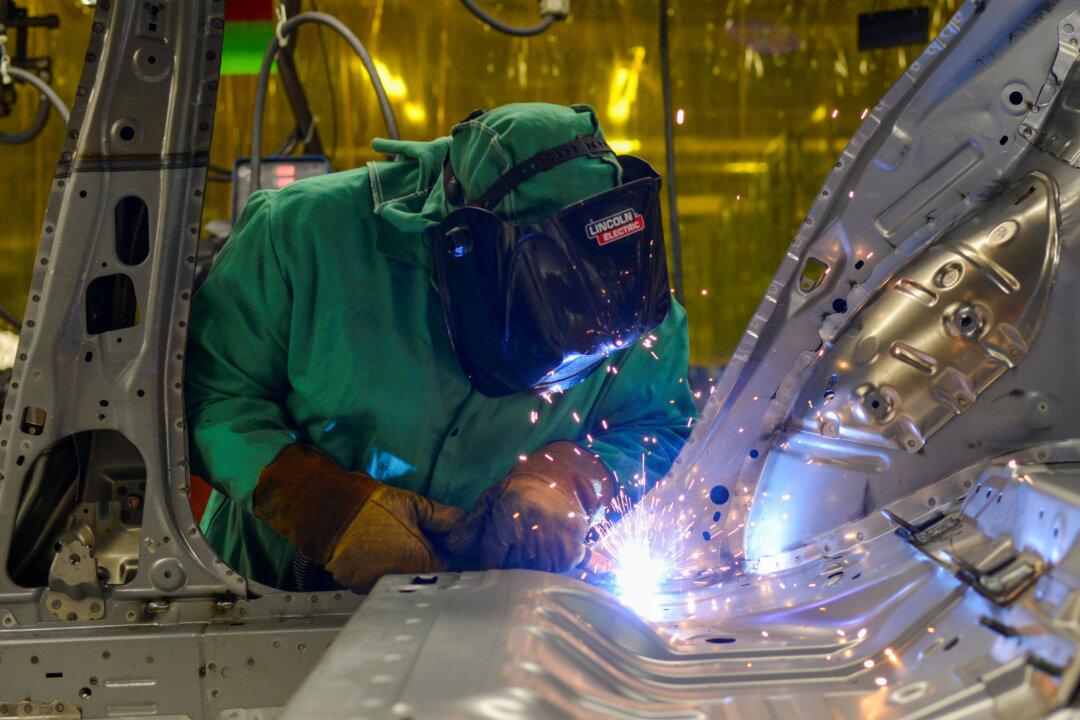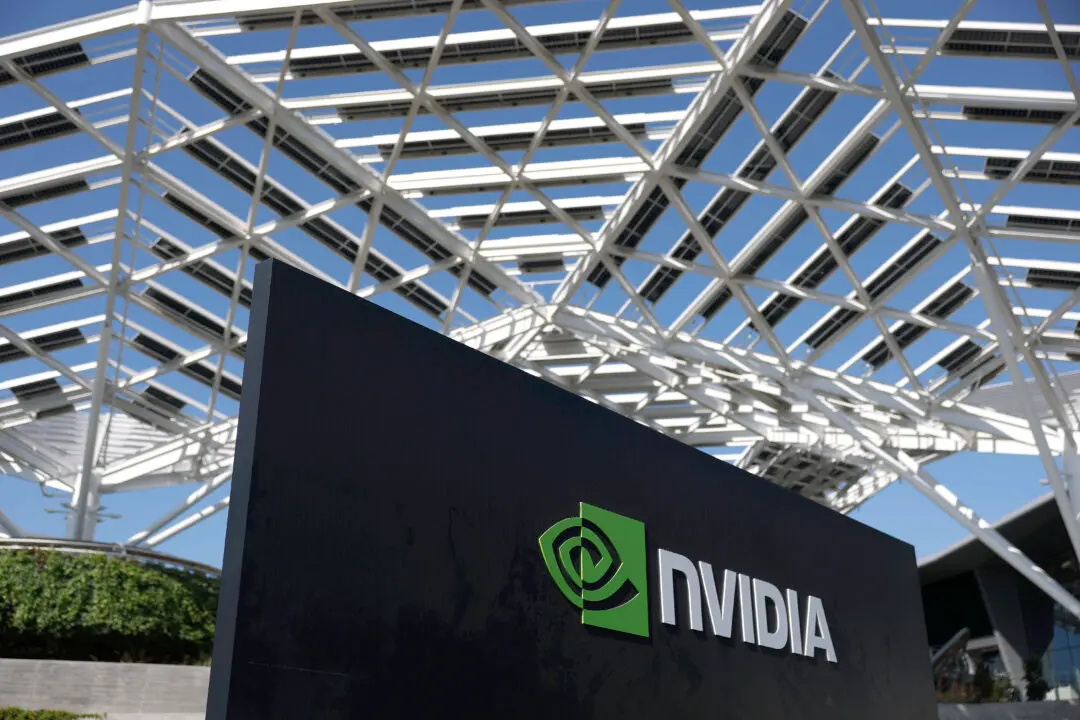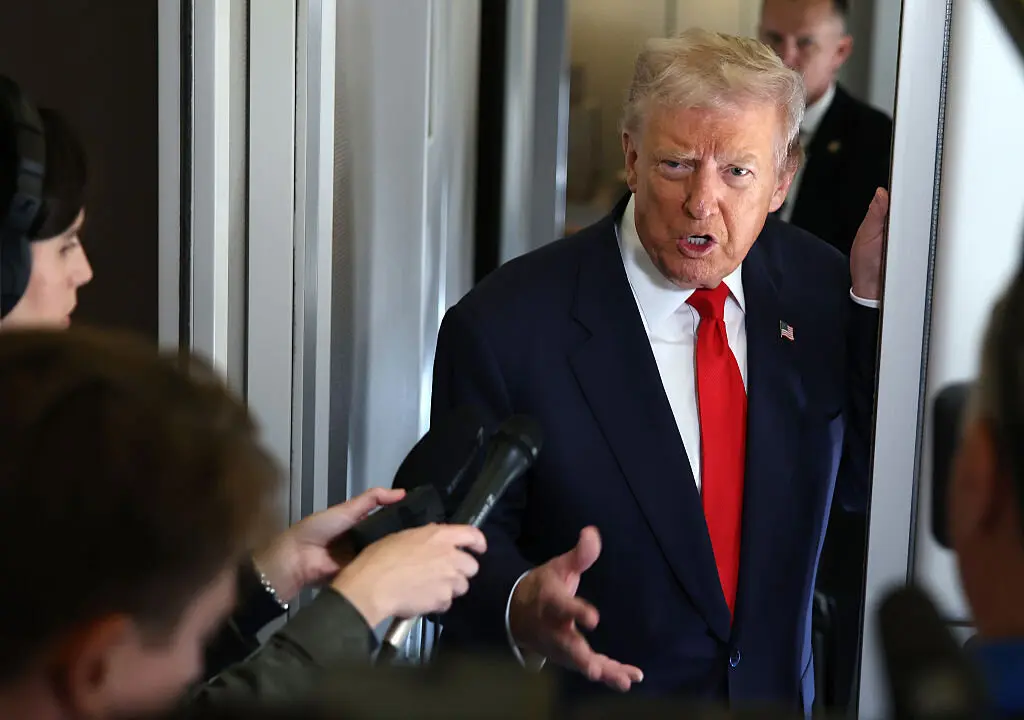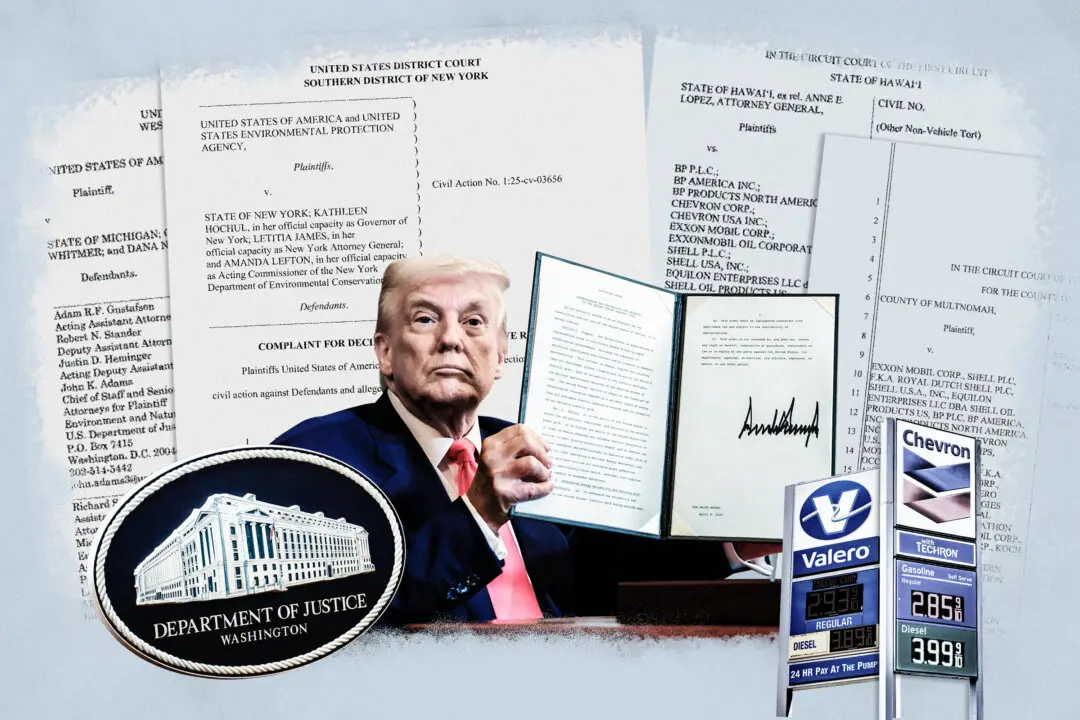The recently enacted tariffs on Canada, Mexico, and China, together with announcements of hundreds of millions to be invested in building U.S. plants, are all intended to bolster America’s return to the days when it was a global manufacturing powerhouse.
Experts call it the “reshoring renaissance,” and some say that, for all its costs, disruptions and false starts, the trends are looking positive for American manufacturing capacity.





